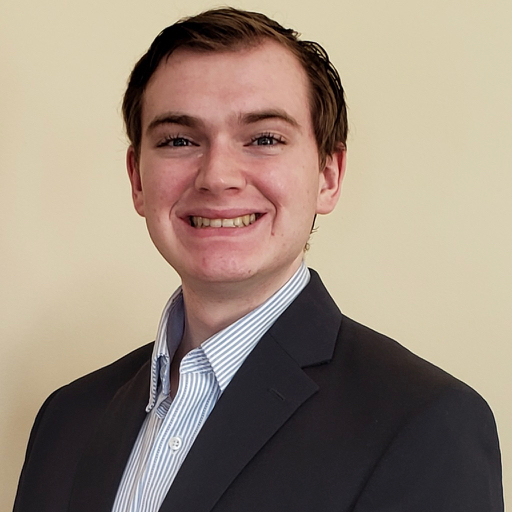Bio:
Colin Snyder is a senior Interactive Multimedia major and an amateur woodworker. He has a heavy interest in game design for both video games and board games.
Project Overview
Beyond the Screen is a board game that aims to provide the same experience as a Tactical Role Playing Video Game. These games (from here named referred to as Tactical RPGs) have a rich history and bear some similarities to games like Chess and Risk. These games look similar on the surface, but their actual mechanics differ greatly. Beyond the Screen translates mechanics from these video games and brings them to a physical space, while also adding unique mechanics of its own.
Development Process
This project was primarily made using different types of wood and acrylic. One team’s pieces were turned using Bloodwood, while the other team’s pieces were made with blue and yellow acrylic. The board is made from plywood, pine, cherry, and basswood, while the tiles that determine terrain were made from sheets of acrylic. The project was primarily created using a bandsaw, belt sander, lathe, turning tools, drill press, and table saw.
Inspiration
This game’s design was inspired by games like Fire Emblem, Final Fantasy Tactics, and X-COM, while the piece designs were inspired by medieval weaponry and chess pieces. I am a fan of these types of games, but I also really enjoy board games and the tactile feedback that comes from them. I set out to create something that gave a similar experience to those games without being too similar.
Impact
This game will hopefully show the world that there is an interest in board games that can be played by one or two people. Hopefully more board games will attempt to provide deep experiences in both single player and multiplayer. I also hope that more board games will embrace modular design, as it opens up a lot of possibilities for design.
Creative Goals
This project aligns with my goals of becoming a game designer. Games of all types have always been something that I was interested in, so I really enjoyed getting the opportunity to create a polished board game. After this project is completed, I plan to attempt to make a game in Unity that mirrors it, and then connect the two using an arduino. Doing so may allow me to refine mechanics further and add more levels. I may also add more unit types. I also plan on creating a way to track each unit’s health using a small board with dowels representing hitpoints.
Biggest Challenge
The biggest challenge for this project was the lack of a CNC machine. By the time I had a board design finalized and had gotten some wood for the board, we had already been instructed to leave campus. With a CNC machine, the board would have been able to be made in only a few hours. Without it, I tried several different methods to create a board, and only the last of these attempts was successful. That involved setting the height on a table saw to half the depth of a board, and then running the blade in one inch squares in order to create a grid, and then setting strips of pine and basswood in the grooves to create a grid that would keep the acrylic tiles in place.
Adaptation
I adapted to the COVID situation by focusing on what I could do, instead of what I could not do. For example, the original version of the game had 3D printed "markers" to denote different types of terrain. Without access to a 3D printer, I instead decided to use different colors to denote the different types of terrain. Instead of focusing on trying to use a CNC machine to create the board's grid, I instead focused on attempting other methods until I found something that works. Additionally this project originally had a video game component that would have been tied to the board game via an arduino. Unfortunately, this would have required a very specific board design to have worked, and this design was not possible without the use of a CNC machine. Instead I decided to focus exclusively on the physical aspect and make it the best it could possibly be.
